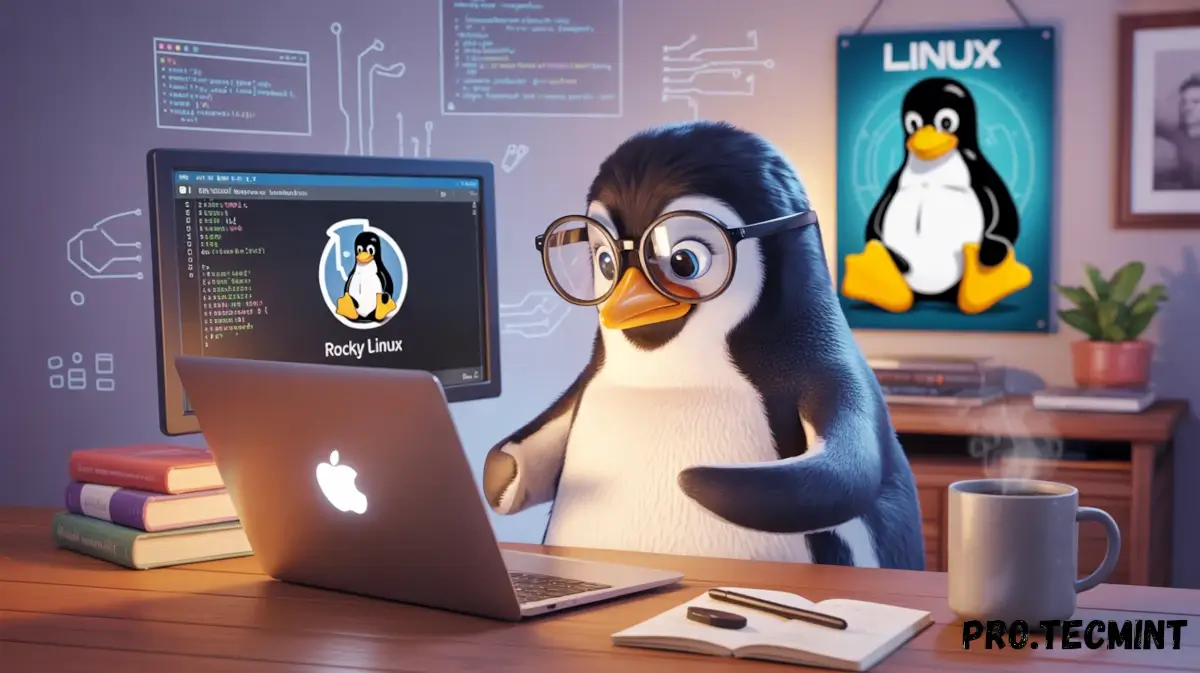Chapter #1: Learn Linux History, Basics & Set Up VirtualBox
This chapter introduces Linux as a multi-user, multitasking OS, explains its origins, and walks you through installing VirtualBox and importing a Linux virtual machine like Rocky Linux.

In simple terms, Linux is an operating system - the software that lets you interact with your computer’s hardware and run applications. It sits between your programs and your computer’s processor, memory, and storage, managing resources and making everything work together.
Besides, Linux is both a multi-user (in that it allows multiple users on different computers or terminals to access a single system with one OS on it) and multitasking (available processor time is divided between several tasks automatically, creating the illusion, so to speak, that the tasks are running simultaneously).
A Little History
In 1991, in Helsinki, a computer science student by the name of an began a project that later became the Linux kernel.
Development was done on Linus’ computer, which was equipped with an 80386 processor, the MINIX operating system, and the GNU C compiler.
As he would write later in his book Just for fun [2001], Torvald eventually realized that he had written an operating system kernel (a program to allocate resources and talk to the hardware, the ‘heart’ of the operating system, so to speak).
The first version of the Linux kernel was released under a personal license that restricted commercial activity. Later, in the middle of December 1992, he published version 0.99 using the GNU GPL.
The reason behind this change in this way of licensing had been explained earlier by Linus himself in the release notes of version 0.01:
Sadly, a kernel by itself gets you nowhere. To get a working system, you need a shell, compilers, a library, etc. These are separate parts and may be under a stricter (or even looser) copyright. Most of the tools used with linux are GNU software and are under the GNU copyleft. These tools aren't in the distribution - ask me (or GNU) for more info.
That is why, from that moment on, Linus and GNU project developers worked to integrate GNU components (applications, libraries, and developer tools) with the Linux kernel (to make a fully functional and free operating system.
We must mention at this point that the GNU Project had been launched much earlier (in 1984, to be accurate) by the Free Software Foundation (led by a former MIT AI scientist named Richard Stallman) to develop the GNU system.
Running Linux for the First Time
First off, let us clarify that when we use the word Linux nowadays, we usually refer to a Linux distribution, a fully-functional operating system that consists of the kernel and a series of application programs and libraries.
There are at least two ways to start experimenting with Linux. You can boot your computer using a live CD/DVD or USB stick, or install a virtualization platform such as VirtualBox.
The first option (booting your computer using a live CD/DVD or USB stick) will not make any modifications to your storage devices.
Linux will run directly from the media device, and you will be able to test the operating system before actually installing it. If you decide you like it, you can later install it using the built-in wizard.
However, this book focuses on the second option: installing VirtualBox and setting up virtual machines. A virtual machine consists of an operating system (a Linux distribution, for example) running on top of the physical resources of your computer.
In the virtualization ecosystem, virtual machines are also known as guests or appliances, whereas the computer that runs the virtualization platform is known as the host.